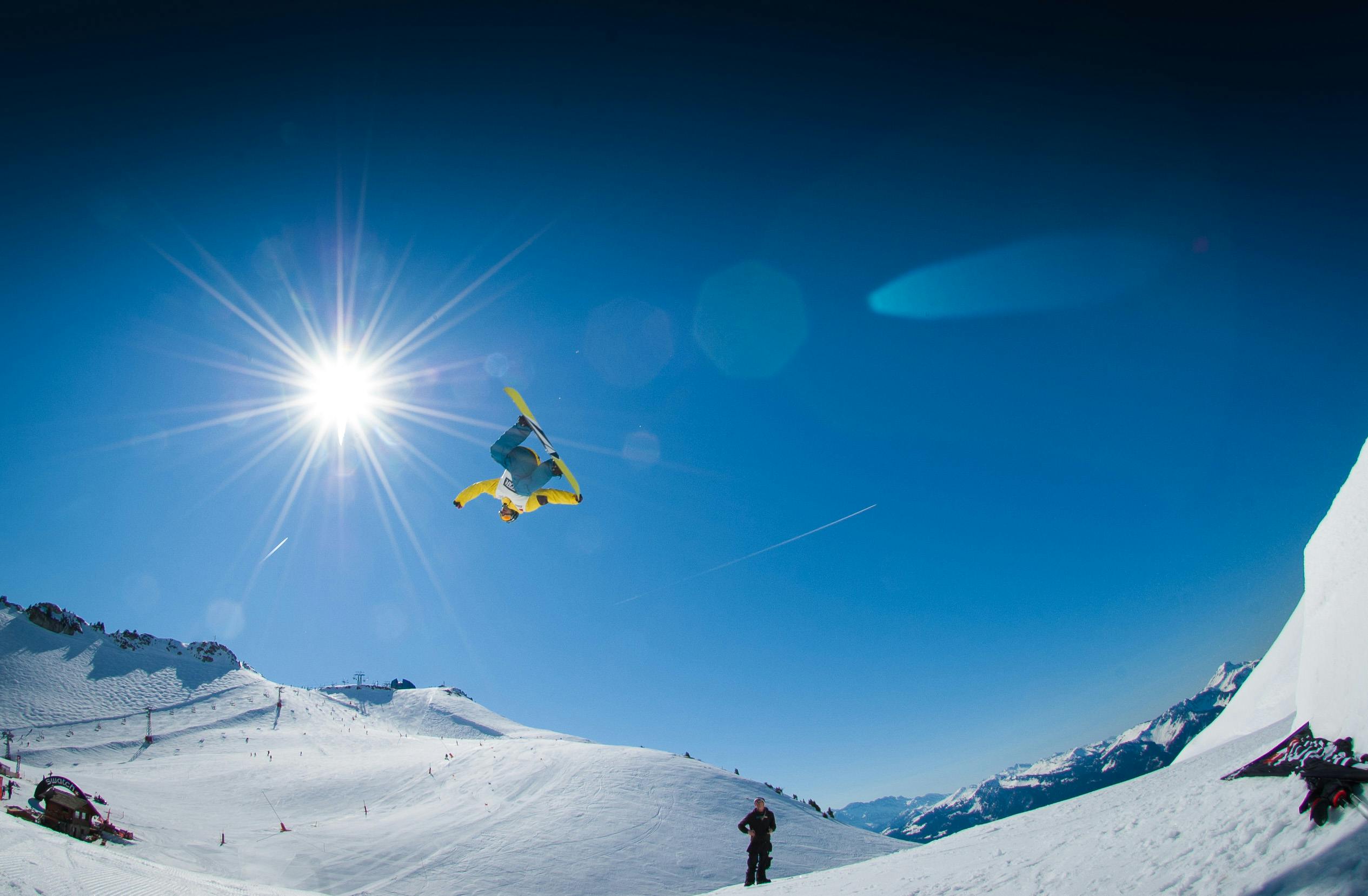What’s the Role of Drone Technology in Analyzing Snowboarding Techniques?

The advent of drone technology has been a game-changer in many fields and industries, and sports is no exception. The unique aerial perspective provided by drones, coupled with their ability to capture high-resolution footage in real-time, has seen them utilized to revolutionize the way sports techniques, including snowboarding, are analyzed and understood. In this article, we unpack the influential role of drone technology in snowboarding and how it has transformed the sport’s landscape.
The Emergence of Drones in Sports Analysis
The incorporation of drones in sports analysis was not an overnight process. It was a gradual evolution facilitated by the convergence of technological advancements and the need for more sophisticated sports analysis tools.
Avez-vous vu cela : How to Use Heart Rate Data to Optimize Training Zone Intensity for Kayakers?
Drones, or unmanned aerial vehicles (UAVs), were initially developed for military purposes. However, their potential for civilian applications quickly became apparent, and today they are used in various sectors, including entertainment, logistics, agriculture, and of course, sports.
In the sports world, the necessity for detailed, high-definition footage for analysis, particularly in high-paced, outdoor sports, became increasingly evident. Traditional filming methods could not provide the comprehensive visual coverage required for in-depth analysis. Enter drone technology. With their ability to fly at high speeds, maneuver in tight spaces, and capture images from various angles, drones quickly became an indispensable tool for sports analysts.
Avez-vous vu cela : What’s the Best Approach to Build Mental Resilience in Young Soccer Players?
Drone Technology in Snowboarding: An Overview
Snowboarding, a high-adrenaline, visually stunning sport, is one of the areas where drone technology has proven to be incredibly beneficial. A drone’s ability to capture every twist, turn, and jump from a snowboarder provides an unprecedented level of detail and perspective to analysts and coaches.
One of the key areas where drones have been utilized in snowboarding is in tracking snowboarders’ movement patterns. By providing an aerial perspective, drones offer a unique vantage point to observe and analyze snowboarders’ techniques, including their stance, body positioning, and board control. This allows for more precise critique and improvement recommendations.
Furthermore, drones can record snowboarding sessions in high-resolution, enabling slow-motion analysis of specific maneuvers. This kind of detailed analysis was previously only possible using expensive and cumbersome equipment. Now, with drone technology, it’s as simple as launching a drone and hitting record.
The Impact of Drones on Snowboarding Technique Analysis
The introduction of drones into the realm of snowboarding technique analysis has had some significant impacts. For one, it has democratized access to high-level sports analysis. Before drones, only the most elite and well-funded athletes and teams could afford the technology necessary for comprehensive motion analysis.
Now, even amateur snowboarders can utilize drone technology to film their sessions and analyze their technique. This opens up a world of opportunity for budding snowboarders to refine their skills and potentially compete at higher levels.
Moreover, drones have improved the quality of feedback that snowboarders receive. The bird’s eye view captured by the drone allows coaches and analysts to identify and correct minor errors in technique that might otherwise go unnoticed from a ground perspective. This level of feedback can lead to substantial improvements in performance.
The use of drones also means that analysis can be carried out in real time. Instead of having to wait for footage to be processed and analyzed, athletes and coaches can assess performance during training sessions, allowing for immediate adjustments and improvements.
Challenges and Future Prospects of Drone Technology in Snowboarding Analysis
While drone technology has undeniably transformed the way snowboarding techniques are analyzed, it’s not without its challenges. For instance, the use of drones in snowboarding and other outdoor sports is often subject to stringent regulations and restrictions which can limit their usage. There’s also the challenge of ensuring the drones can withstand the harsh weather conditions typically associated with snowboarding.
Looking towards the future, we can expect to see continued advancements in drone technology that will further enhance their application in snowboarding analysis. Improved battery life, more intuitive controls, better camera technology, and increased resilience to adverse weather conditions are all areas ripe for innovation.
In conclusion, the role of drone technology in analyzing snowboarding techniques is one of transformation. It’s an exciting time for both the world of sports analysis and the world of drone technology, with the potential for further groundbreaking advancements just around the corner.
Enhancing Athlete Performance and Safety Through Drone Technology
Using high-resolution footage, drones provide a level of detail that wasn’t possible before, assisting not only in the improvement of performance but also in the enhancement of safety in snowboarding. Drone footage can help identify areas where a snowboarder might be in danger of injury, providing a comprehensive view of the terrain and potential hazards.
Moreover, drones can capture snowboarding stunts and extreme snowboarding competitions from unique angles, providing a fuller understanding of the physics behind the stunts. This is beneficial not only for the athletes but also for the audiences and the snowboarding industry as a whole. Making the audience feel more involved and engaged can help promote the sport, attract more participants, and draw bigger crowds to events.
Beyond the sporting arena, drones have also found use in the design and testing of snowboarding gear. Developers and manufacturers can use drone footage to study how their products are used in real-world conditions, leading to more innovative and effective gear.
The Future of Snowboarding Technique Analysis with Drone Technology
The future of drone technology in snowboarding looks bright despite the challenges. As technology continues to evolve, advances in drone capabilities and improvements in the regulatory environment are expected to drive further growth in this field.
Artificial Intelligence (AI) enhancements are predicted to play a significant role in the future of drone technology in snowboarding. With AI, drones could potentially automate the analysis process, instantly providing insights into an athlete’s performance. This could save time during training sessions and allow for more immediate feedback.
Another future prospect is the integration of Virtual Reality (VR) with drones. This combination could give athletes and coaches the ability to virtually relive a run from multiple angles, honing in on specific areas for improvement.
Conclusion
In a nutshell, the role of drone technology in analyzing snowboarding techniques is indisputably transformative. It has democratized access to high-level sports analysis, enhanced athlete performance and safety, and provided unique viewing experiences for audiences.
As drone technology continues to evolve and the regulatory environment improves, we can expect to see even more innovative applications in the world of snowboarding. In the face of challenges, the potential for groundbreaking advancements in drone technology and snowboarding remains vast.
It’s beyond doubt that drones have rewritten the rules of the game in the snowboarding world, and it’s exciting to anticipate where this technology will take us in the future. As we continue to embrace and adapt to the changes brought about by drone technology, the sky indeed is the limit.
